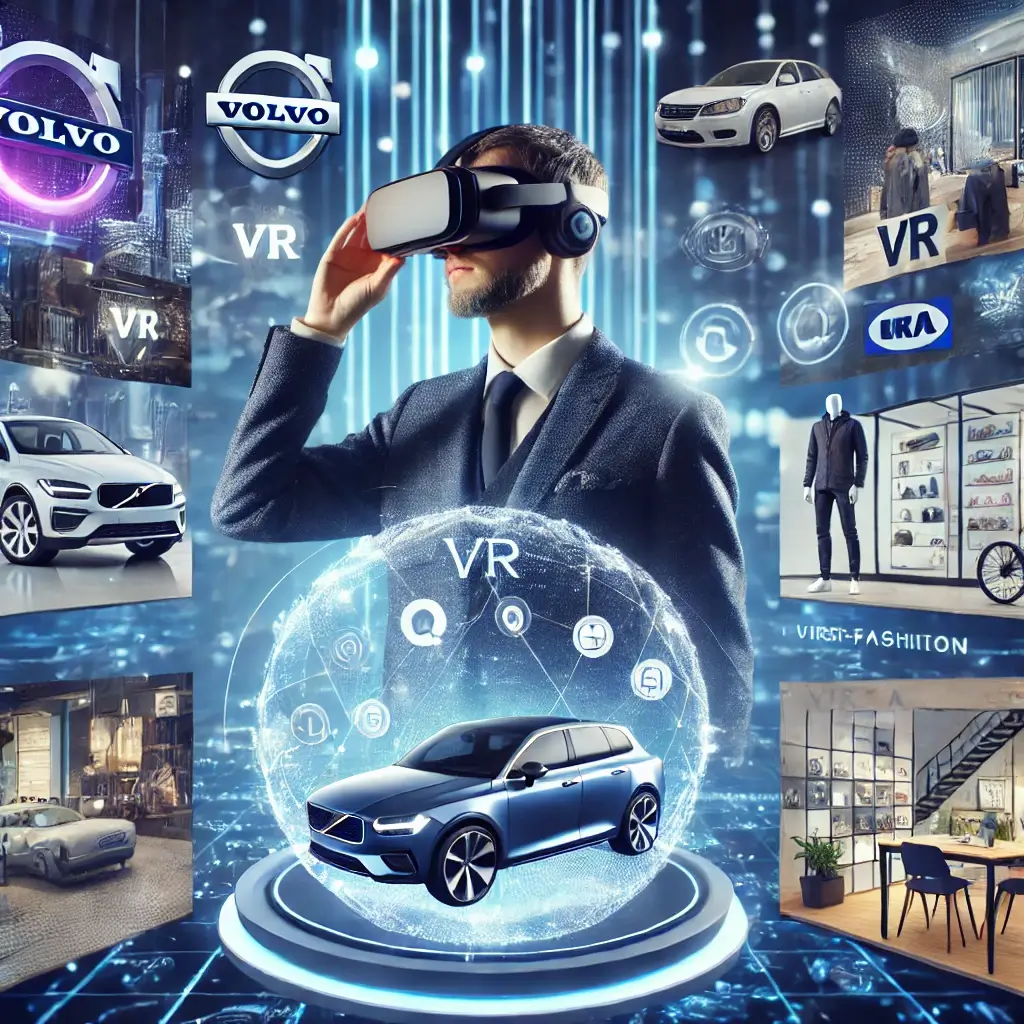The Revolutionary Impact of Virtual Reality on Modern Marketing
Virtual reality (VR) is no longer a futuristic concept; it has firmly established itself as a game-changing tool in the marketing industry. By bridging the gap between the physical and digital worlds, VR empowers businesses to create unparalleled immersive experiences that resonate with today’s tech-savvy consumers. As technology evolves, marketers are turning to VR to break traditional boundaries, foster deeper emotional connections, and redefine customer engagement.
Expanding Horizons: VR’s Growing Influence Across Industries
The potential of VR extends beyond the entertainment industry, infiltrating sectors like retail, education, real estate, and healthcare. In marketing, VR’s ability to offer interactive and personalized experiences has revolutionized how brands communicate their value propositions. A report by PwC predicts that the VR market will grow to $1.5 trillion by 2030, driven by advancements in hardware and increasing consumer demand for immersive content. This growth presents a golden opportunity for brands to innovate and distinguish themselves in a crowded digital ecosystem.
Transforming Consumer Experiences Through Virtual Reality Applications
From virtual product demonstrations and immersive storytelling to virtual showrooms and events, VR applications are transforming consumer experiences. These innovations enable businesses to not only showcase their products effectively but also build enduring relationships with their audiences. The integration of VR into marketing strategies is more than a trend; it’s a strategic move to stay relevant and competitive in an ever-evolving marketplace.
Exploring the Multifaceted Role of VR in Contemporary Marketing
This article delves into the diverse applications of VR in modern marketing, highlighting real-world examples, the latest research, and actionable insights for businesses aiming to harness the power of this transformative technology.
Features Section
Elevating Product Presentations with Interactive Virtual Experiences
1. Virtual Product Demonstrations
Traditional product demonstrations often fall short of conveying the true value of a product. VR, however, offers an innovative solution by creating realistic and interactive environments where consumers can explore products firsthand. For instance, a 2024 Statista study revealed that 70% of customers who engaged with VR product demonstrations reported heightened confidence in their purchasing decisions.
Case Study: IKEA’s VR app allows users to virtually place furniture in their homes, helping them visualize how items fit into their spaces. This initiative not only boosted customer satisfaction but also increased online sales by 30% and reduced product returns by 20%.
Creating Emotional Connections Through Virtual Storytelling Techniques
2. Immersive Brand Storytelling
Storytelling has always been at the heart of effective marketing. VR enhances this by enabling brands to transport consumers into captivating virtual worlds, fostering stronger emotional connections. Immersive storytelling transforms passive viewers into active participants, increasing brand recall and loyalty.
Example: Volvo’s “Volvo Reality” campaign offered users a virtual test drive of its XC90 SUV, allowing them to experience its features and scenic driving routes. This campaign saw a 25% increase in dealership visits and elevated customer perception of the brand.
Breaking Geographical Barriers with Virtual Retail Environments
3. Virtual Showrooms and Events
The rise of remote interactions has amplified the demand for virtual spaces where consumers can explore products or attend events. VR-powered showrooms and events eliminate geographical barriers, making it easier for brands to reach global audiences.
Case Study: Gucci’s virtual showroom allowed users to explore its latest collection in a fully interactive VR environment. The initiative attracted over 150,000 visitors within the first week and resulted in a 35% increase in e-commerce traffic.
Simplifying Complex Product Knowledge Through Virtual Learning
4. Enhanced Customer Training and Education
Educating customers about complex products or services can be challenging. VR simplifies this process by offering hands-on training in a risk-free virtual setting. This not only improves customer understanding but also increases product adoption.
Example: Sephora’s VR tutorials guide users on makeup application techniques, personalized to their features and preferences. This approach increased product engagement rates by 50% and garnered positive feedback from customers.
Embracing Virtual Reality as the Future of Marketing Innovation
Conclusion
Virtual reality is redefining marketing by enabling brands to deliver highly engaging and personalized experiences. As the technology becomes more accessible, its applications in product demonstrations, storytelling, virtual events, and education will continue to expand. For businesses, integrating VR into marketing strategies is not merely an option but a necessity to stay ahead in an increasingly competitive digital landscape.
The success stories of IKEA, Volvo, Gucci, and Sephora underscore the immense potential of VR in driving customer engagement and boosting brand loyalty. As VR technology advances, the possibilities for creating meaningful and impactful marketing campaigns are virtually limitless. Businesses that embrace VR now will be well-positioned to lead the future of marketing.
References
Statista. “The Impact of VR on Consumer Confidence.” Published 2024. Link
PwC. “Seeing is Believing: How VR and AR are Transforming Business and the Economy.” Published 2023. Link
HubSpot. “Immersive Storytelling: The Role of VR in Modern Marketing.” Published 2023. Link
Forbes. “The Rise of Virtual Showrooms in Marketing.” Published 2024. Link
